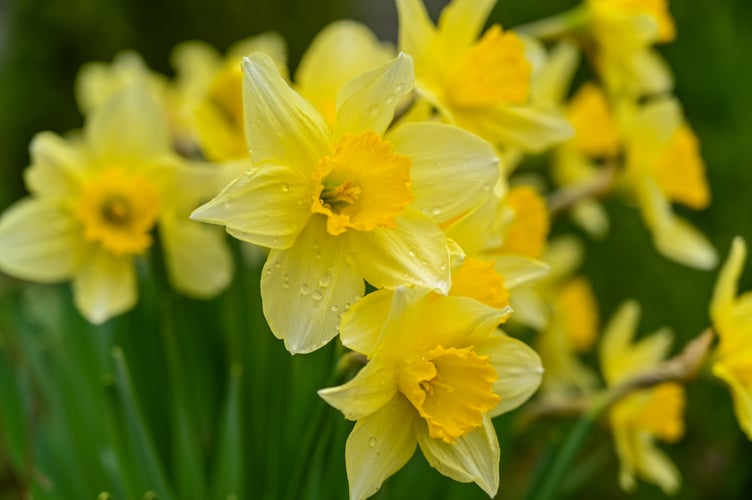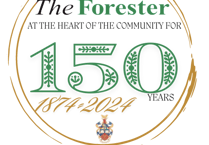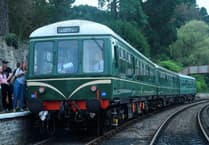There’s a little corner of Gloucestershire that feels more Herefordshire than Gloucestershire. It’s the Forest of Dean north of the M50. There has never been mining or heavy industry there, just scenic woods, daffodils, poets and ancient churches. It seems far away from the post-industrial Forest which centres around Lydney, Cinderford and Coleford, with Newent an outlier. Newent is just outside this little corner of rural tranquillity, but as you cross the north Newent by-pass and the M50 by-pass northwards you’re entering a sort of frontier land with Herefordshire and Worcestershire. There’s no great river like the Severn or the Wye to mark the county boundaries as they do in most of the rest of the Forest area. It’s just a ragged line that takes the Forest boundary on its winding northern route from Gorsley near Ledbury to the A417 just east of Bromesberrow Heath, eating into Herefordshire and Worcestershire.
It has woods, not forests. Its poets, who flourished briefly at the time when the famous Forest poets were developing, had no real allegiance to the area and disappeared soon after the end of the First World War (except for Edward Thomas, who died during that War). They are celebrated in a permanent exhibition at St Mary’s Church in Dymock. Dymock is the only village in this area of scattered hamlets, but St Mary’s is not the only church in this area. In this remote lightly populated area there are also active churches at the hamlets of Preston, Upleadon, Pauntley, Bromesberrow and Oxenhall, and there’s another St Marys Church at Kempley. The wall paintings and church roof date from the middle ages, and are believed to be the best and most well preserved of all mediaeval works in England.
There’s another church in Kempley, the Church of St Edward, constructed in 1903 and described by John Betjeman as a mini-cathedral of the Arts and Crafts movement.
The scattered hamlets also include Brooms Green, Tillers Green, Leddington, Knights Green, Preston Cross, and Normansland. The local woods have exotic names like Clenchers Mill, Little Woolpits, Howlers Coppice, Pendocks Grove, Chase End Hill. For convenient and accessible doctors, schools and shopping local residents will probably cross the county boundary to travel to Ledbury.
The area contains the famous woodland walks the Three Choirs Way, The Daffodil Way, and there are 2 Poets Paths around Dymock.
The little known Gloucestershire hamlets of Preston and Ludstock are north of the A449 Ross to Ledbury Road, which are both firmly established Herefordshire towns.
The Dymock Cricket Club is one of the most active and progressive sports clubs in the area. Successful at all levels, Mens’ first and second teams, juniors and womens’ cricket flourish in Dymock. Geoff Dymock, a coach for the Australian Cricket tour to England in 1985, paid a visit to the club during his visit to this country to acknowledge the game in his ancestral home.





Comments
This article has no comments yet. Be the first to leave a comment.